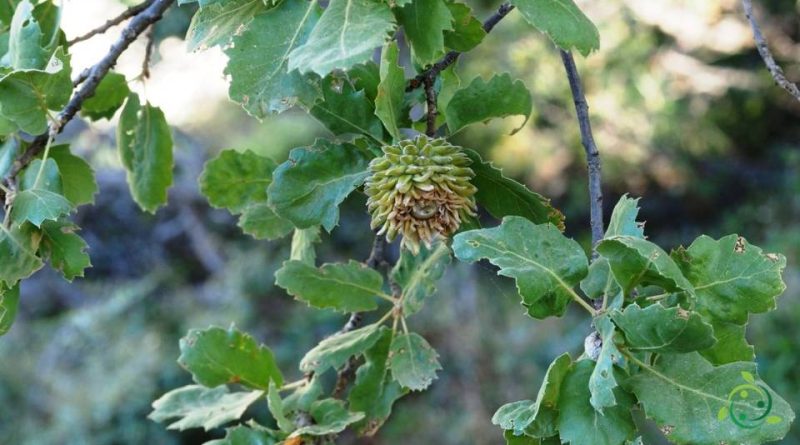Reproduction of the Valonia Oak
Reproduction of the Valonia Oak
The Valonia oak (Quercus ithaburensis subsp. macrolepis (Kotschy) Hedge & Yalt.) is a tree of the Fagaceae family present in the Mediterranean basin.
Suitable reproduction habitat –
The sub -subpSisisis -based quercus. Macrolepis is a oak originally from a range that goes from south-eastern Italy to the Balkans (Albania, Bulgaria, ex Yugoslavia), Greece, including Crete and the islands of the Eastern Aegean), up to the eastern Mediterranean (Turkey, Lebanon and Syria
Instead, it is absent by the Palestinian region, where only the subspecies ithaburensis is present.
His natural habitat is represented by the woods open in the hill or present in the area like lonely trees, usually in dry soils.
Propagation –
Quercus ithaburensis macrolepis is a deciduous tree with elliptical hair foliage to round to round which, usually, reaches a height of 10 – 15 meters, even if occasionally it reaches 25 meters. The trunk is straight and cylindrical can have a diameter of 50 – 60 cm.
It is a moderately resistant to cold plant, which tolerates temperatures up to about -15 ° C when it is dormant. It grows better in areas with hot summers, preferring Mediterranean climates and is located in the regions where the average annual rainfall varies from 400 to 700 mm. In areas with freshest summers, like the maritime regions of the temperate area, it often grows badly, failing to correctly mature its wood and suffering frost damage during the winter.
This oak prefers a sunny position, but young plants tolerate reasonable levels of lateral shadow.
It is an unhealthy tree, which grows well on limestone, clayey and rocky soils and also in dry soils.
However, for good development it is good to choose a fertile and profound substrate.
The propagation takes place by seed, remembering that this quickly loses vitality if it is left to dry. It can be kept wet and fresh during the winter, but it is better to sow as soon as it is ripe in an outdoor seedbed, even if it must be protected by mice, squirrels, etc., if present in the area.
Small quantities of seed can be sown in deep pots in an unheated greenhouse. The plants produce a deep quet and must be transplanted in the open field as soon as possible, in fact the seeds sown in situ produce the best trees.
For this reason, saplings should not be left in a nursery for more than 2 growth seasons, before transplanting them.
Ecology –
Quercus ithaburensis macrolepis is a plant that has been used in the natural state for local use such as food, medicine and source of materials. Today its use for these purposes has greatly decreased.
All parts of the plant contains tannins. The tannins are of low toxicity and, due to their bitter taste and astringence, it is unlikely that they are consumed in large quantities. However, if taken in excess, they can cause stomach pain; constipation followed by bloody diarrhea: excessive thirst; and excessive urination.
The acorns were once used for tanning and dyeing. Mature ghiauds are eaten raw or boiled.
In Italy, the habitat is present in the form of small monospecific but altered and very anthropized forest nuclei for which it is not possible to refer to any association. Reference is therefore referred to the groce. In Quercus ithaburensis SSP. Macrolepis which is framed in the Fraxino Orni-Squercion ILICIS Biondi, Casavecchia & Gigante 2003Del’Orica Quercetalia Ilicis Br.-Bl. Ex Molinier 1934 (Class Quercetea Ilicis Br.-Bl. ex A. & O. Bolòs 1950).
In Puglia, the only station of the Habitat for Italy, the habitat is in chain contact with the Leccete of the Habitat 9340 “Quercus Ilex and Quercus Rotundifolia forests”.

